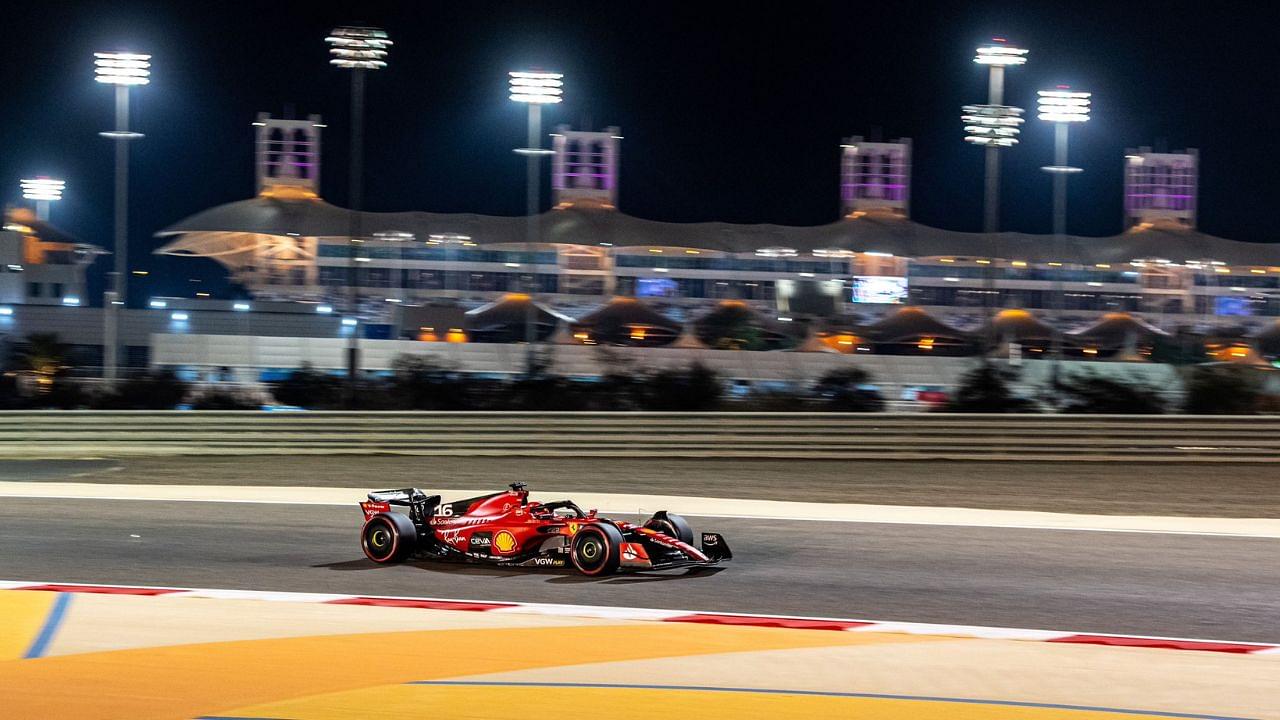Drivers have returned to the track for the first qualifying session of the 2023 season at the Bahrain GP to secure the highest grid position possible for them for the main race on Sunday.
Half of the drama of a Grand Prix weekend takes place during the qualifying session with each driver trying to get the best out of their machinery to escape the elimination zone.
Qualifying is divided into 3 sessions – Q1, Q2 and Q3. Each driver tries their best to set the fastest lap and secure the highest position. Drivers who are not able to do so fall under the elimination zone and are not given the chance to improve in the next session.
Also Read: How Much and For How Long 2xTime World Champion Will Earn at Silverstone-Based Team
F1 Qualifying Structure
All 20 drivers participate in the first session of the qualifying which is Q1. The fastest drivers place themselves at higher positions on the grid while the slow drivers find themselves in the bottom five or the elimination zone.
As soon as Q1 ends the top 15 drivers move to Q2 for the second session of qualifying. The Q2 is slightly shorter than Q1 but follows the same format.
Drivers try to clock their best time in Q2 to enter Q3 but again the slowest drivers end up in the elimination zone with only the top 10 making it to the final session of Q3.
🚨 F1 QUALIFYING RESULTS 🚨
Here is how the top ten drivers finished at the end of qualifying in Bahrain.#F1 #BahrainGP pic.twitter.com/nBl1l4R3e3
— The Apex Motorsport (@TheApexMSport) March 4, 2023
The pole position
The fastest driver who places himself at the top on the first position is awarded the pole position for the upcoming race.
Ofcourse the driver who gets the first spot on the starting grid has an advantage over other drivers. But it all comes down to his reaction time when the lights go out. The skills of the driver also plays a crucial role in ensuring that he stays at the top.
Also Read: Toto Wolff Sets Expectations for Lewis Hamilton-Mercedes F1 Partnership




